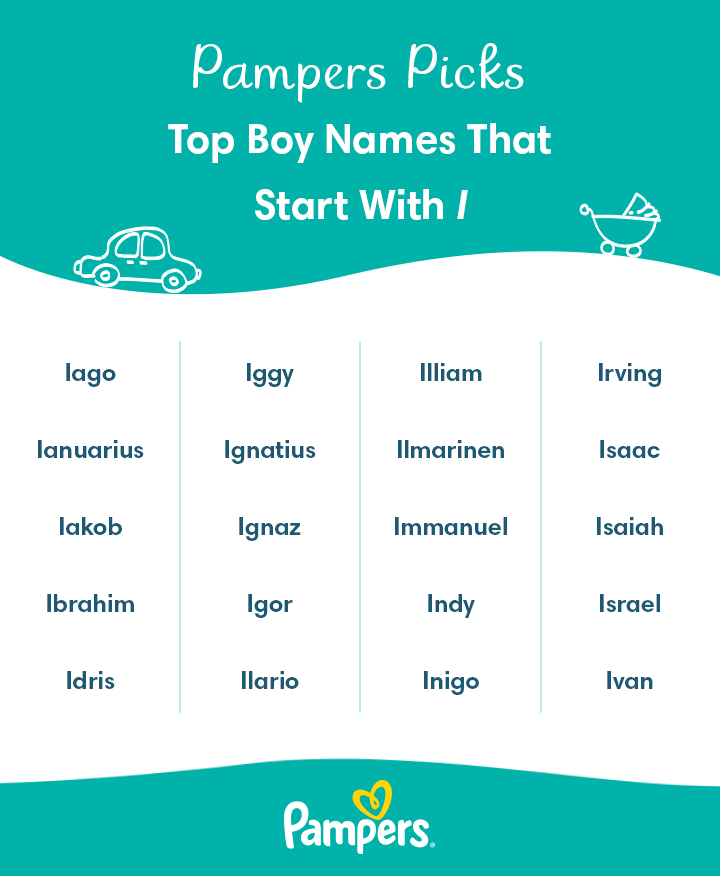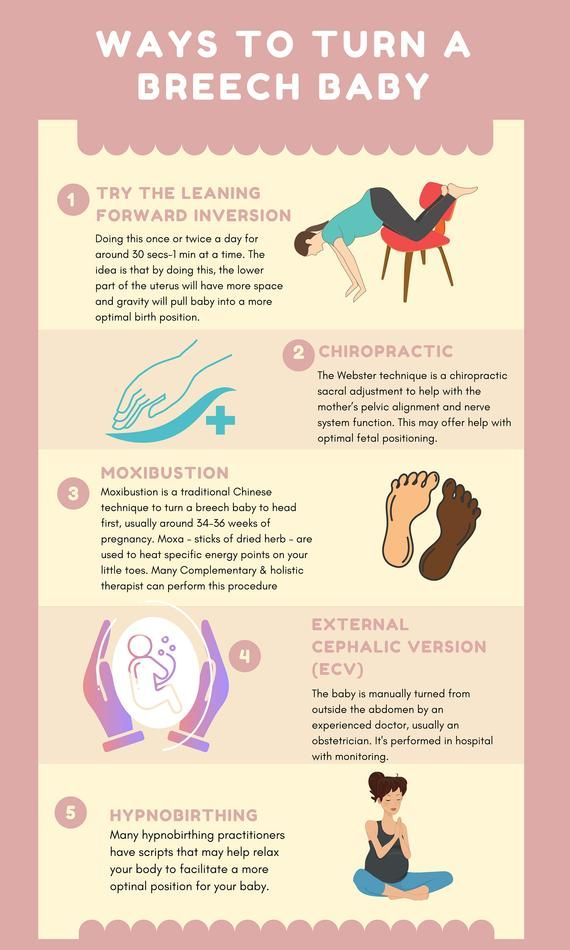How To Get A Baby To Stop Crying
Are you a parent struggling to calm your crying baby? It can be a challenging and stressful situation for any caregiver. In this comprehensive guide, we will explore effective strategies and techniques to help soothe your baby and stop the tears. From understanding the reasons behind your baby’s crying to practical tips for comfort, this article will provide you with the knowledge and tools you need to navigate those difficult crying spells with confidence.
Knowledge
When your baby starts crying, the first step is to try and identify the reason behind their tears. Babies cry as a way of communicating their needs and feelings, so it’s essential to pay attention to their cues. Common reasons for crying include hunger, tiredness, discomfort, or overstimulation. By understanding your baby’s cues and needs, you can better respond to their cries and provide the necessary comfort.
One of the most common reasons for a baby’s crying is hunger. If your baby is showing signs of hunger, such as rooting or sucking on their hands, try feeding them. Whether you breastfeed or bottle-feed, ensure your baby is getting enough milk to satisfy their hunger and soothe their cries.
Another common reason for crying is tiredness. Babies need plenty of sleep to grow and develop, so it’s crucial to establish a bedtime routine and create a calming sleep environment. If your baby is overtired, try soothing them with gentle rocking or swaddling to help them drift off to sleep.
If your baby is crying due to discomfort, such as a wet diaper or clothing that is too tight, address the issue promptly. Check your baby’s diaper regularly and ensure they are clean and dry. Dress your baby in soft, comfortable clothing that allows them to move freely and stay cozy.
Babies can become overstimulated by loud noises, bright lights, or too much activity. If your baby is crying due to overstimulation, create a calm and quiet environment to help them relax. Dim the lights, reduce noise levels, and provide gentle, soothing music or white noise to help your baby feel safe and secure.
Conclusion
In conclusion, calming a crying baby requires patience, understanding, and attentiveness. By tuning into your baby’s cues and needs, you can effectively soothe their cries and provide the comfort they seek. This article has provided you with valuable insights and practical tips to help you navigate those challenging moments with confidence.
Remember, every baby is unique, so it may take some trial and error to find what works best for your little one. Stay calm, be patient, and trust your instincts as a caregiver. With time and practice, you will become more adept at soothing your baby and creating a peaceful environment for both of you.






